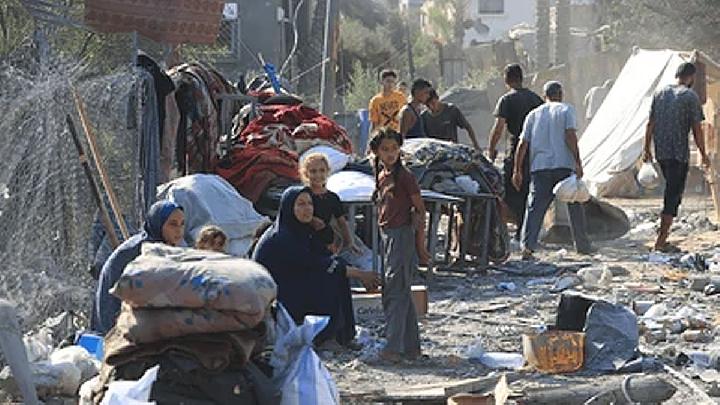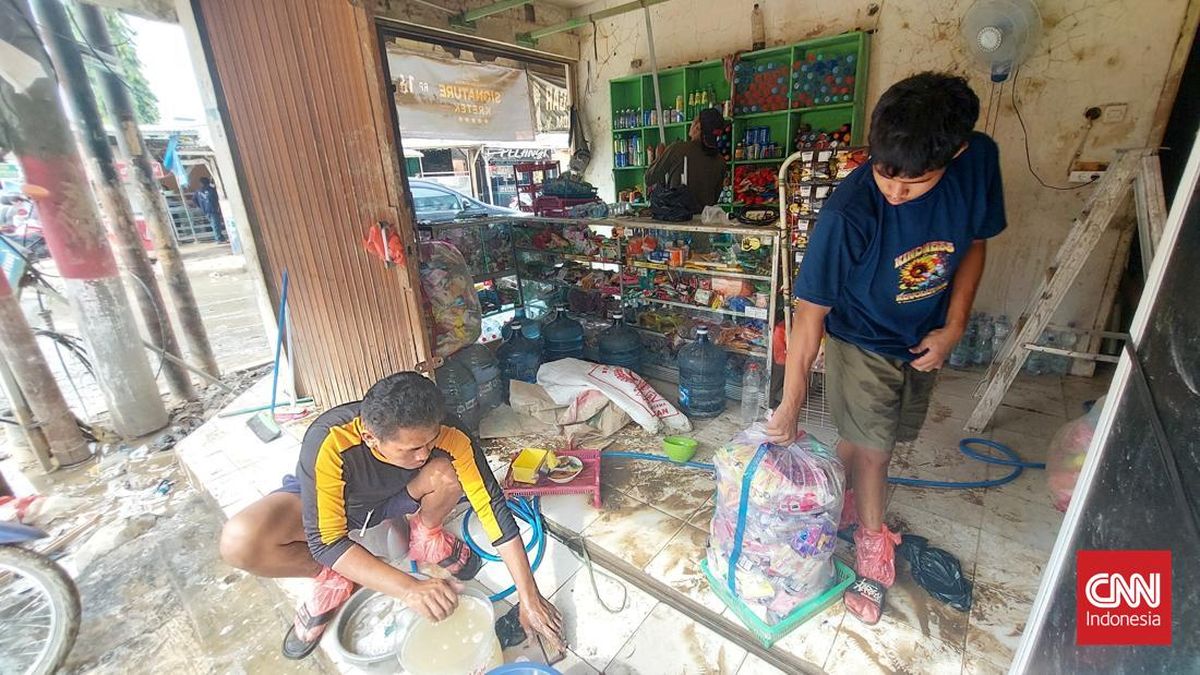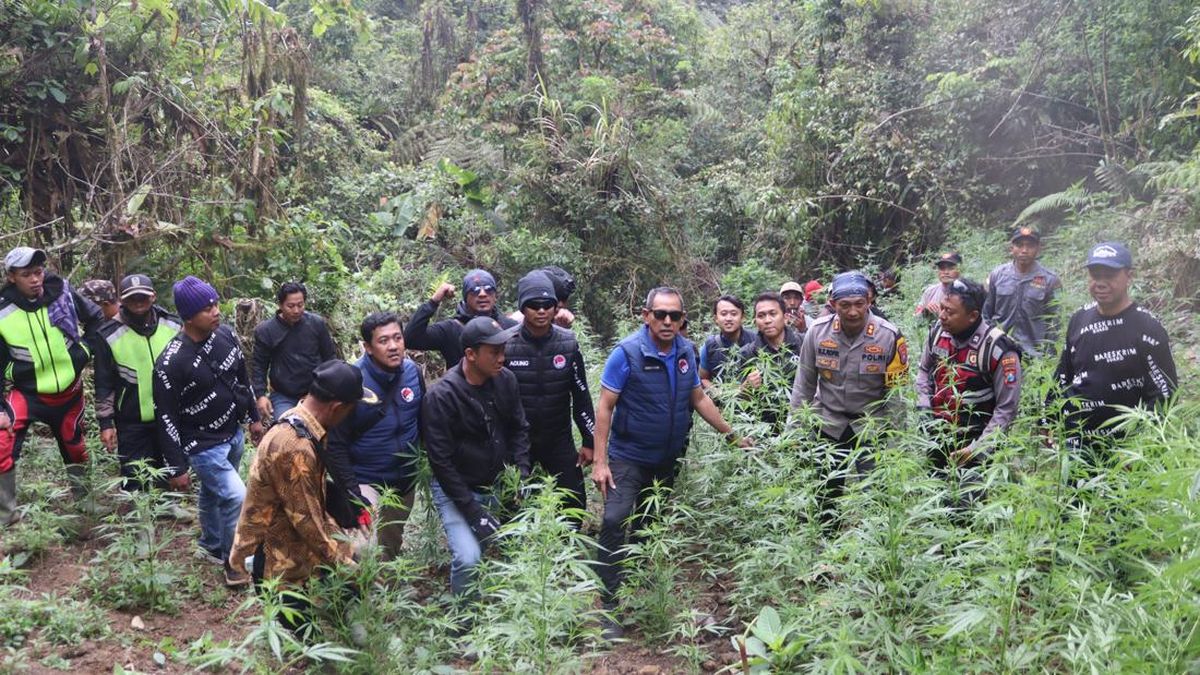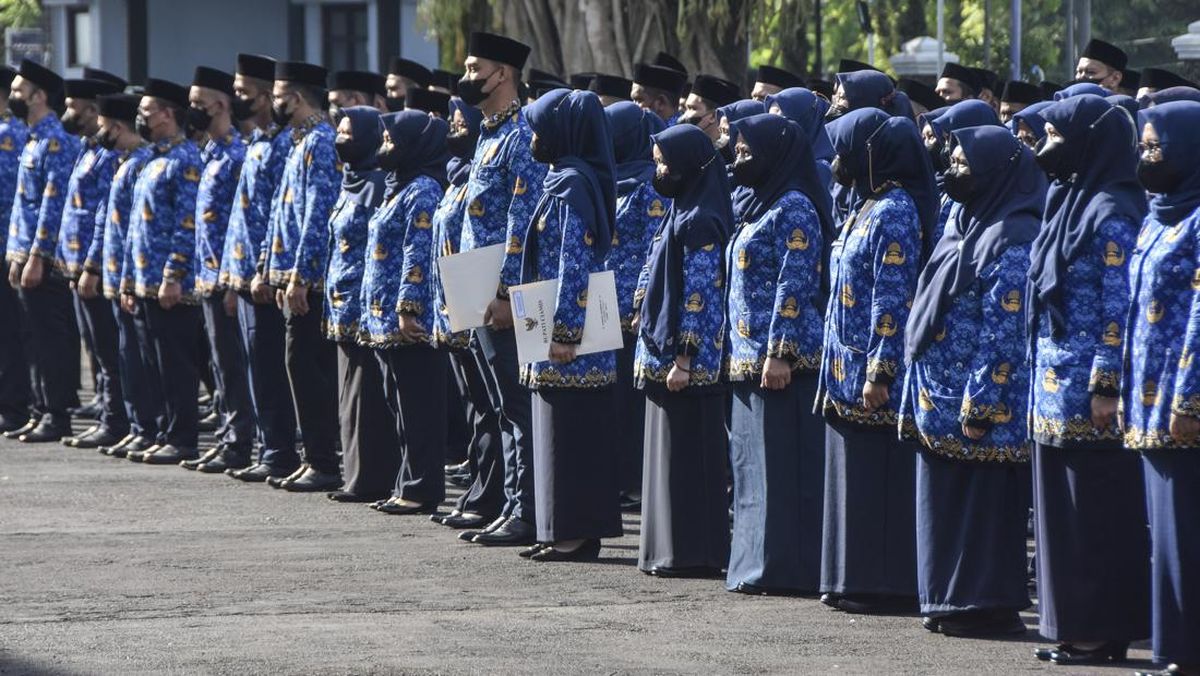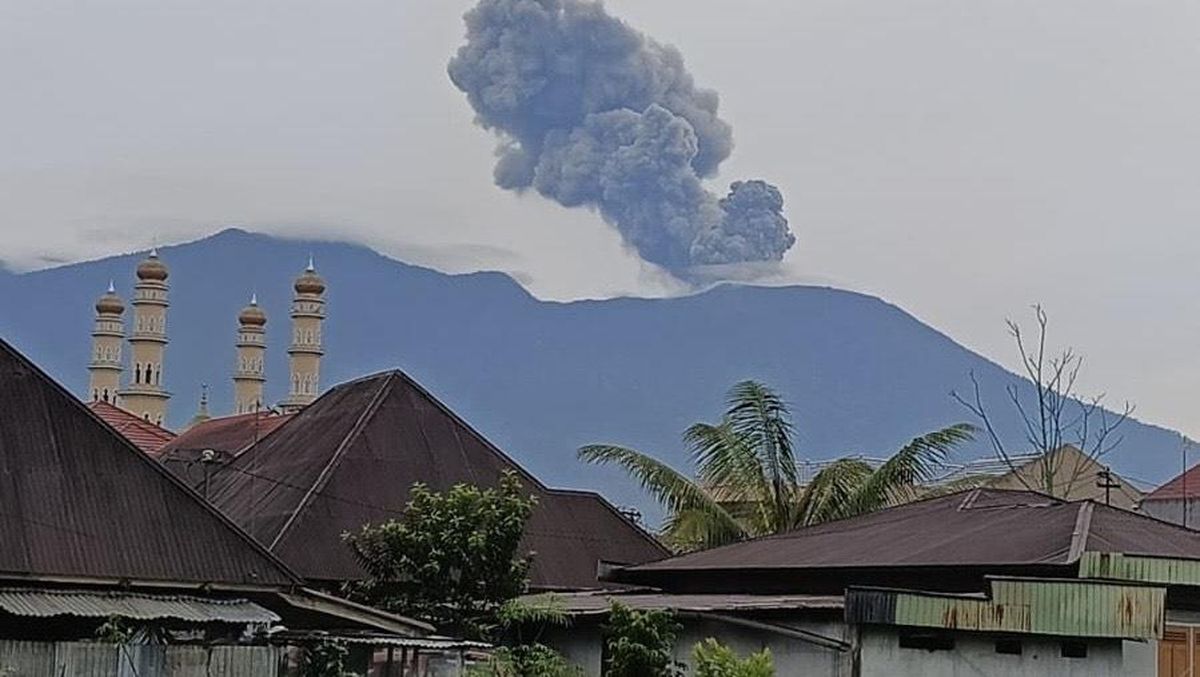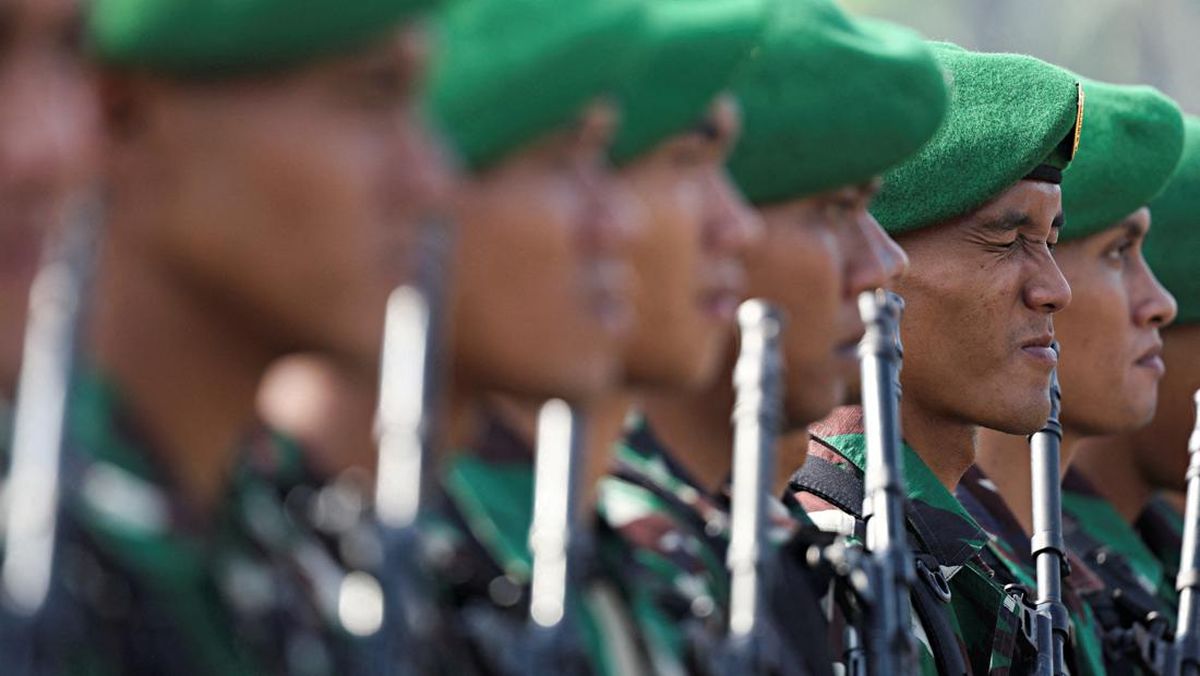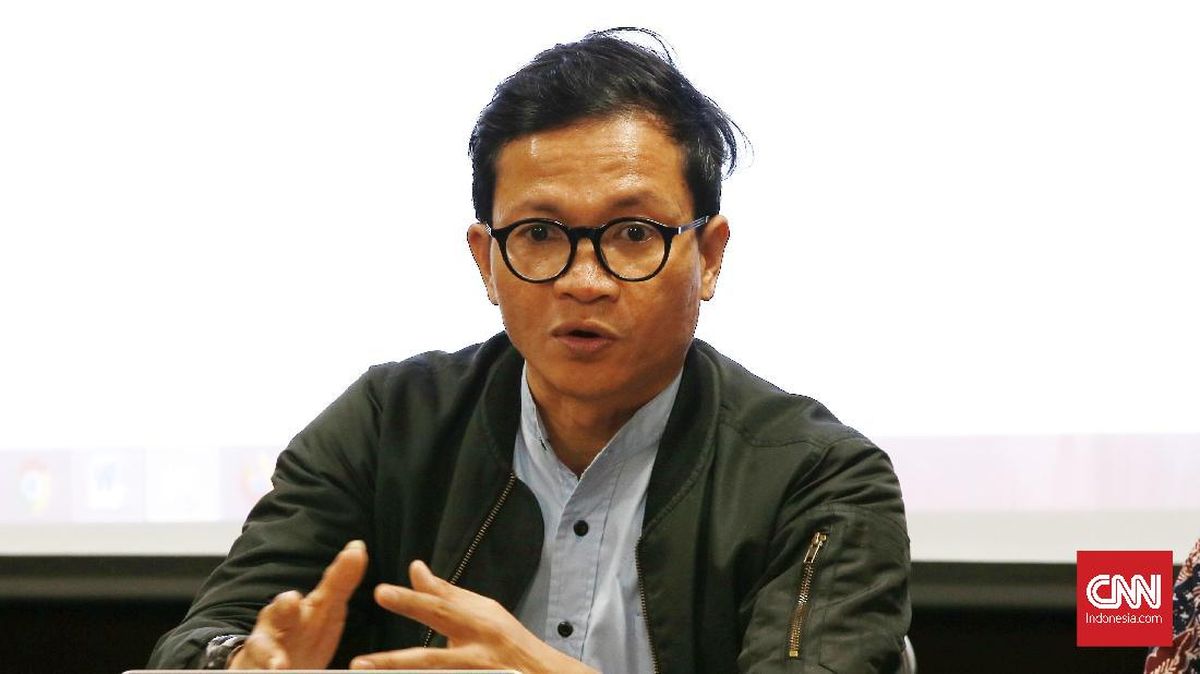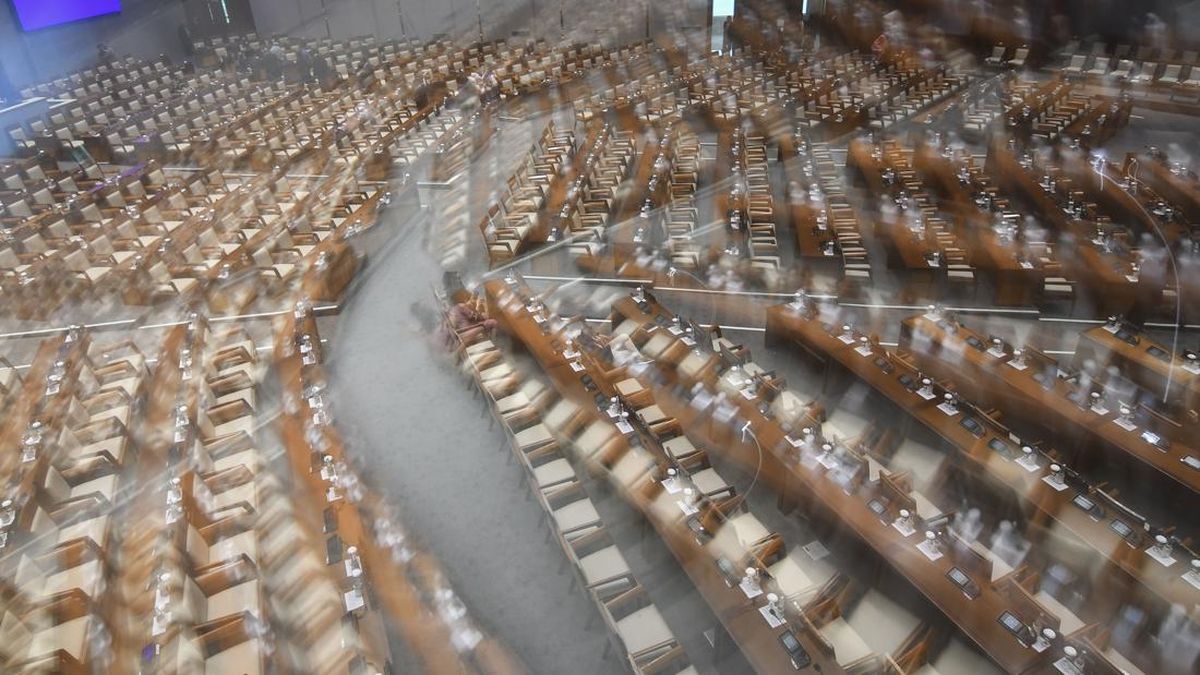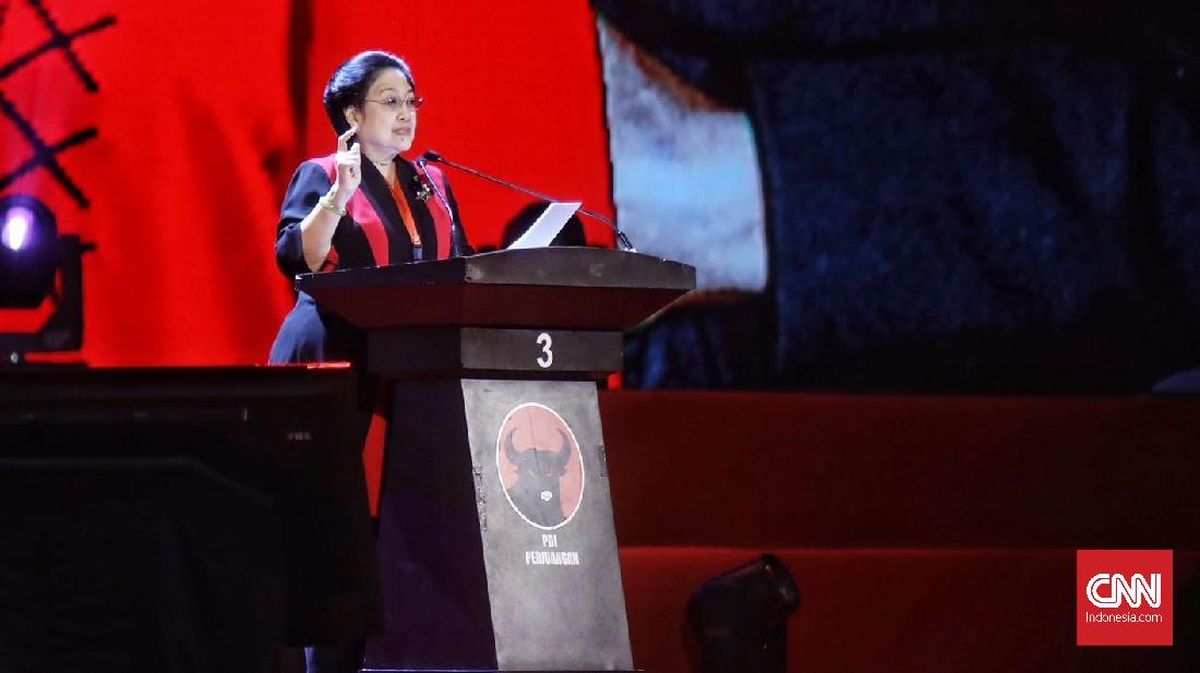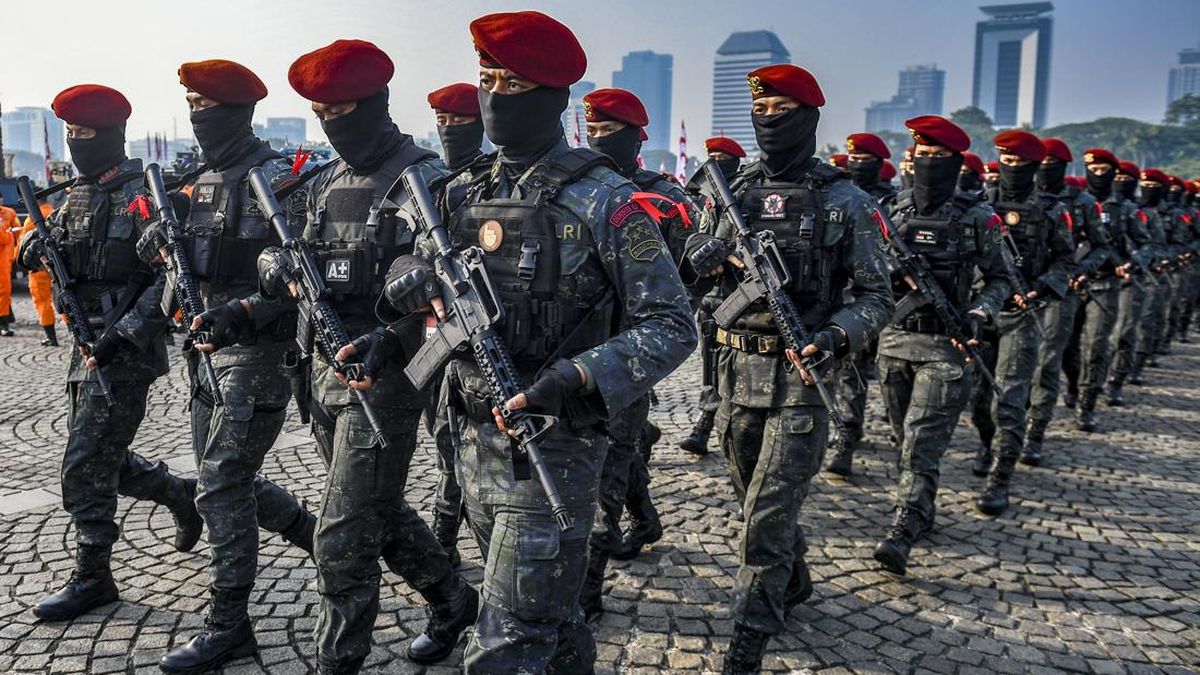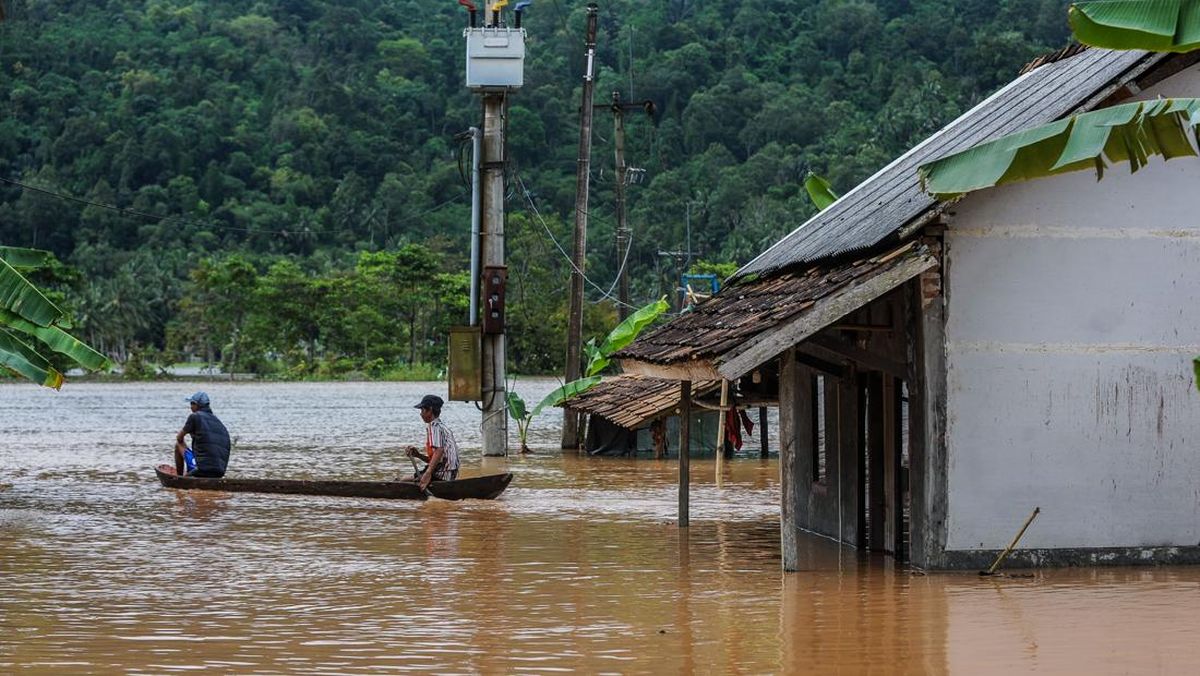TEMPO.CO, Jakarta - After days, the high winds that spread the Los Angeles wildfires so quickly have finally subsided. Firefighters finally began to bring two major wildfires on the east and west sides of Los Angeles under control on Friday, Reuters reported.
Six simultaneous wildfires have ravaged Los Angeles County neighborhoods since Tuesday, killing at least 16 people and damaging or destroying 10,000 buildings. That toll is expected to climb as conditions become safe enough for firefighters to conduct door-to-door searches.
With thousands of people suddenly homeless and the thick smoke prompting U.S. officials to declare a public health emergency, firefighters reported progress in battling the Palisades Fire on the western edge of the city and the Eaton Fire in the foothills east of the sprawling metropolis.
After burning out of control for days, despite the efforts of hundreds of firefighters attacking the blazes from the air and the ground, the Palisades Fire was 8 percent contained and the Eaton Fire was 3 percent contained. Cal Fire put the containment rate for both fires at 0 percent as of Friday.
Despite this, the two major fires combined have burned 14,100 hectares (30,000 acres) of land, 2.5 times the size of Manhattan.
About 153,000 people remain under evacuation orders and another 166,800 are under evacuation warnings, with curfews in place for all evacuation zones, Los Angeles County Sheriff Robert Luna said.
What caused the California wildfires?
The first fire broke out in the Pacific Palisades area of Los Angeles at 10:30am on Tuesday, January 7, 2025, according to the California Department of Forestry and Fire Protection (Cal Fire).
Investigators are still trying to determine the exact trigger for the worst wildfires in history, but a combination of factors may have created optimal conditions for the fires to ignite.
Wildfires typically occur in California during June and July, and can last into October, but this year the fires have defied the calendar, breaking out in January - the coldest month of the winter.
Southern California, where the fires are located, is in a drought and has not received significant rainfall for months. Last year, less than four percent of California was affected by drought compared to nearly 60 percent this year, according to the US Drought Monitor.
Climate change has contributed to an increase in the frequency, length and area of wildfires burned, according to a report from the US Environmental Protection Agency (EPA).
So, dry conditions aided by Santa Ana winds — dry, hot winds common in the area — are likely to cause wildfires.
Dry desert air moves from the interior of the region toward the coast and offshore. This contributes to wildfires because it significantly reduces the moisture in the environment due to its dry nature. This leaves vegetation extremely dry and susceptible to fire. In these conditions, any spark can ignite a fire, whether from a cigarette butt, a vehicle or a power line.
Wind gusts of up to 100 mph were recorded in higher elevations on Tuesday night, according to AccuWeather meteorologist Danielle Ehresman.
In addition to dry vegetation, Los Angeles has other flammable materials such as low-hanging power lines and wooden telephone poles.
Santa Ana winds have been linked to extreme wildfires in California in the past, including the Woolsey Fire in November 2018, which killed three people and leveled 1,600 buildings.
But experts warn that the weather conditions are particularly severe this year.
"We've really never seen a season this dry after a season that was as wet as the previous one — all that abundant grass and vegetation growth followed by a wind event of this magnitude, while the weather is still very dry," Daniel Swain, a climate scientist at the University of California, Los Angeles, said in a livestream Monday.
How big are the California wildfires?
Rapid spread
The fires started in the Palisades, which is located on the Pacific Ocean, and from there they quickly spread to other areas. A second fire broke out in Eaton around 6 p.m. on Tuesday. A third fire broke out the same day in Sylmar, in the San Fernando Valley northwest of Los Angeles, called the Hurst fire.
Five other fires were burning in California on Wednesday: the Lidia, Sunset and Woodley fires in Los Angeles; the Olivas fire in Ventura and the Tyler fire in Riverside.
Land burned
According to Cal Fire, here are the current statuses of the major fires as of Wednesday evening:
- Palisades: at least 15,000 acres
- Eaton: at least 10,000 acres
- Hurst: at least 1000 acres
- Lidia: at least 350 acres
- Sunset: at least 40 acres
- The Woodley fire has burned 25 acres, while the Olivas and Tyler fires have burned 10 acres each.
Fire containment
Percent containment refers to the perimeter or containment line that firefighters have created around a fire to prevent it from spreading further. A containment line can be any physical barrier around a fire, such as a shallow trench dug into the ground.
California’s fires are nearly uncontained, meaning there is no way to prevent the fire from spreading further. The Palisades, Eaton and Sunset fires are all at zero percent containment, while the Hurst fire is at 10 percent containment and the Lidia fire is at 40 percent containment.
The Woodley, Olivas and Tyler fires are 100 percent contained, according to Cal Fire.
What is the government response?
The scale of the fires is out of control, according to local fire departments.
California Governor Gavin Newsom said in a Twitter post Wednesday evening that 7,500 firefighters were currently on the ground.
US President Joe Biden canceled a visit to Italy to focus on the federal response to the fires, the White House said.
Biden posted on his X account that his team had deployed five air tankers and 10 firefighting helicopters. However, high winds have hampered aerial rescue efforts.
Los Angeles County Fire Chief Anthony Marrone told a news conference that firefighters from six other states including Nevada were being deployed to California. In addition, 250 engine companies with 1,000 personnel were being moved from Northern California to Southern California.
But resources are running low.
Water shortages in the Palisades have dried up some fire hydrants.
Janisse Quinones, chief executive of the Los Angeles Department of Water and Power, said at a media conference that Pacific Palisades relies on three tanks holding about 3.78 million liters each. Quinones added that the need for water to fight fires in lower elevations has made it difficult to refill tanks in higher elevations.
Editor's Choice: Los Angeles Wildfire Victims at Least 16, With 97 Indonesians Affected
Click here to get the latest news updates from Tempo on Google News

 2 months ago
103
2 months ago
103




